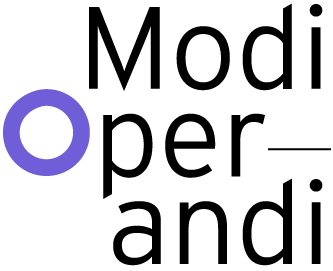CITY: SURFACE AND OTHERNESS
As is well documented in a great number of films, short stories, novels, drawings and other forms of cultural expression, urban spaces have evoked a wide variety of artistic responses. If only based on the ‘overwhelming evidence’ found in these works, it seems that the profound experiences of condensed space have always been an intricate part of the metropolis. Numbing, exciting, paralysing, frightening, exhilarating, intoxicating; the metropolis has been the source of spatial sensations that are both transformed into works of art and often implemented as a principle, model or metaphor due to their unique construction. An impressive number of disciplines have dealt with the city, ranging from the philosophical contemplation in Georg Simmel’s description of The Metropolis and Mental Life, in which he links the intensification of personal mental activity with the outburst of stimuli caused by metropolitan life,[1] to the more modern forms of art, such as Dziga Vertov’s montages in Man with a Movie Camera, which is an enduring and breathtaking ode to the city and the revolutionary energies it holds.[2]
I deliberately chose these more classic examples of metropolitan exuberance in an attempt to clarify their similarities and important differences when compared with contemporary reflections. In the last couple of decades, spatial experiences of the city have been described by using theories taken from the exact sciences (for instance chaos or catastrophe theory)[3] , and by implementing an equivalent terminology (using words such as complexity, network, multiplicity, topology and instability). This terminology marks the transition that has taken place in reflections on the urban situation, namely the shift from descriptions of the city as an undiversified space of densification, to descriptions that emphasise the city as a field of intensities and differentiation. In other words, the transition from an experience of being totally immersed in the overall congestion within metropolitan spaces (the pressure cooker model, based on a discourse on anxiety) towards an experience of navigating the intensities of urban spatial forces (the surfing model, based on a discourse on pleasure).
This distinction between being submerged and having to navigate describes the attitude apparently required today in order to manoeuvre one’s way through the multiplicities of global and local realities that constitute the urban world; in other words, manoeuvring along its different pathways, easily shifting focus or perspective, participating in different discourses and debates, being simultaneously engaged in several social and spatial practices, etcetera. As one becomes a potential player in different games on different boards, an appropriate form of navigation should enable one to move along different surfaces.[4] Navigation therefore becomes a specific exploratory technique that enables connection and/or access to the multitude of relevant surfaces available. In this environment, one becomes an intrinsic part of strategic and dynamic spatial practices notable for their lack of severity and depth, the emergence of several masking practices and, ultimately, a level of dynamic superficiality. The embedded simultaneity of these contemporary surface conditions radically alters the experience of urban space and one’s involvement in it.
At the same time, the coexistence of several intensities of experience within this surface condition means that the border of otherness has been drawn increasingly nearer. The ‘others’ enter in close proximity, as an inevitable presence, yet they simultaneously maintain an insurmountable distance precisely because of the ephemeral nature of the practical and ideological engagements taking place. This ‘distant nearness’ is not only caused by the multitude of others involved in the different (disciplinary) actions, but also arises from the different roles a person plays at any given time. As a result, both the experience and exploration of metropolitan space have diversified, and our understanding of it is continually increased by a terminology that aims to distinguish minor differences. As a consequence, the tools for recording the contemporary urban condition also need to develop greater sensitivity and sophistication, which will, in the end, provide readings that can properly register this evolving condition of alterity.
